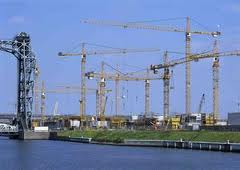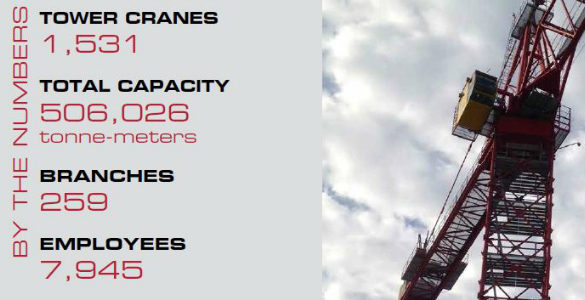Singapore’s Ministry of Manpower (MOM) will introduce its new crane safety rules and initiatives on September first.
They will include regulations that will stipulate the requirement for a comprehensive lifting plan to be developed and implemented before a lifting operation can be carried out, with an appointed person responsible.
The plans will need, among other things, to clearly detail the dimensions and weight of the load, the intended maximum radius, the specific lifting equipment and how the lifting team plan to communicate during the lift.
The Ministry of Manpower (MOM) has also issued a code of practice for safe lifting operations in the workplace, intended to assist and clarify with what should be included in lifting plans and how they are best put together. The idea is that lift planners will be able to follow the guidance from the code and use as series of checklists to ensure both compliance and the production of a comprehensive plan.
Hawazi Daipi senior parliamentary secretary for manpower announced the new rules in a speech on Monday at the Construction Safety, Health and Security campaign organised by the Singapore Contractors’ Association.
After highlighting the fact that falls from height remain the number one cause of accidents, he moved to cranes and told the audience that while the number of crane-related fatalities in Singapore were few, there have already been two fatalities and 14 ‘dangerous occurrences’ (much better than near misses!) involving cranes this year. In 2010 there were 26 occurances during the full year.
“While none of the 14 cases resulted in any injuries or deaths, these occurrences have the potential of causing great harm to workers and to the public,” said Hawazi.
As part of its crane programme the Ministry of Manpower (MOM) will continue to step up its enforcement activities on crane operations. In a recent swoop on 50 sites where cranes were working it discovered around 80 violations and issued fines totalling S$30,000. Most of the violations involved poor or inadequate rigging, faulty safety devices or lifting gear and poor maintenance of the crane or lifting machine.
Source:




